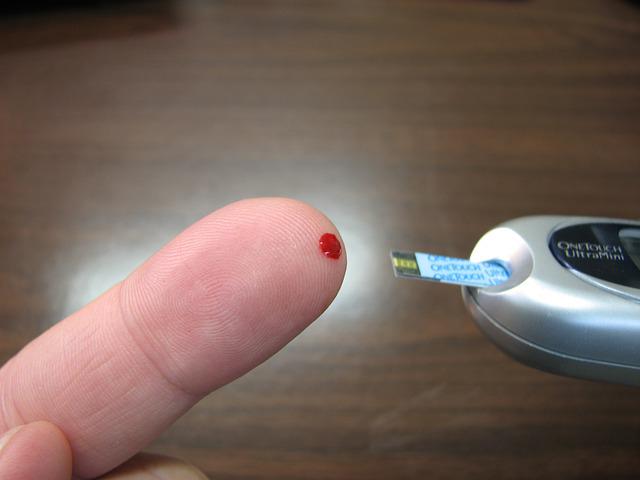#Tips on Monitoring Your Health From the Comfort of Your Home

Table of Contents
Tips on Monitoring Your Health From the Comfort of Your Home
Monitoring your health is a fundamental step to optimizing your wellness and health. The enhanced technology allows smooth at-home monitoring of one’s health. You can monitor your weight loss progress, pregnancy, blood pressure, etc., with non-invasive devices. These devices can extract, transfer, process, and store client data. That enables easy evaluation by medical technicians. Monitor your health at home with these nine great tips.
1. Using Blood Pressure Cuff
A blood pressure cuff is a wearable device that monitors your artery motion and calculates your blood flow and heart rate. It manages health conditions, including kidney dysfunction, hypertension, CHF, and diabetes. This blood pressure monitoring system gives insights into your day-to-day heart health status. It’s the device you need to avoid masked hypertension and white coat hypertension.
2. Using Glucometers
If you have type 1 and 2 diabetes, a glucometer is an excellent device to monitor your blood sugar at home. This device lets people decode the effect different factors have on their diabetic and blood sugar symptoms. The most common monitored factors are illnesses, medication effects, exercise, stress, and diet. Integrated with Texas Medicaid remote patient monitoring, glucometers support the monitoring of diabetic conditions.
3. Using Intelligent Connected Pill Dispensers
Consumer reports indicate that almost 55 percent of Americans take prescription medicines. The problem is that slightly over 60 percent of older Americans rarely take medicines as per prescriptions. The good news is that intelligent connected pill dispensers are now available. They simplify the monitoring of medication intake at home. These systems have patient management portals connecting physicians and patients. They provide a real-time connection between patients and physicians. Such prompts the patient to take medications per the set dosage. These medications reinforce the intake of prescription medication and avoid related problems.
4. Using Smart Watches
The latest smartwatches have high-end and intelligent features. They have monitoring tools that enable you to count your steps and monitor your blood oxygen levels. With these watches, you can remotely monitor your heart rate and calorie burn. Although these smart watches won’t deliver the efficiency and superiority level as dedicated tools, they do get the work done.
5. Bluetooth Thermometers
Bluetooth thermometers enable accurate and fast monitoring of your body temperature. The detailed data make it easier for service providers to monitor your health and plan your healthcare. With so many infections today, including flu and colds, having a Bluetooth thermometer is crucial. The current market has multiple choices of thermometers. These include non-touch digital options and contact thermometers.
6. Using Smart Scales
People can also monitor their health using smart Bluetooth scales. These intelligent devices enable people to monitor their weight. The devices are commonly used for CHF patients. In most instances, they are common with patients experiencing serious weight fluctuations. The provider has to have experience and the proper management portal to track the client’s weight fluctuations. It’s also the perfect device to measure weight gains in obese people. The systems support self-management of weight. That ultimately ensures obese people can take suitable measures to counter the weight gains.
7. Using Pulse Oximeter
Pulse oximeters are non-invasive clips commonly attached to your earlobes or fingers. It works by measuring your light wavelengths to tell your blood oxygen levels. The generated light examines the hemoglobin levels in your oxygen-saturated blood and your pulse. Pulse oximeters have existed for many years. They are often used for people with chronic lung and heart issues.
8. Wearables
Activity wearable trackers make it possible for at-home users to monitor their health. They allow the monitoring of the user’s sleep, heart rate, and fall risk. They are essential for enabling the health provider to understand your health and symptoms. The most commonly used wearable devices include the Fitbit device and Apple watches.
9. Otoscopes
These are effective at-home devices used to monitor a patient’s ear problems. Your pediatrician can recommend these devices after diagnosing you with an ear infection. The devices can detect even the slightest of ear infections.
Conclusion
These are highly effective ways to monitor your health at home. They are designed to make it fun and easy to track your health conditions. Most of these devices can help prevent health problems. They can boost the intake of certain medications and track symptoms of different health problems.
by Hannah Boothe
If you liked the article, do not forget to share it with your friends. Follow us on Google News too, click on the star and choose us from your favorites.
For forums sites go to Forum.BuradaBiliyorum.Com
If you want to read more like this article, you can visit our Technology category.



